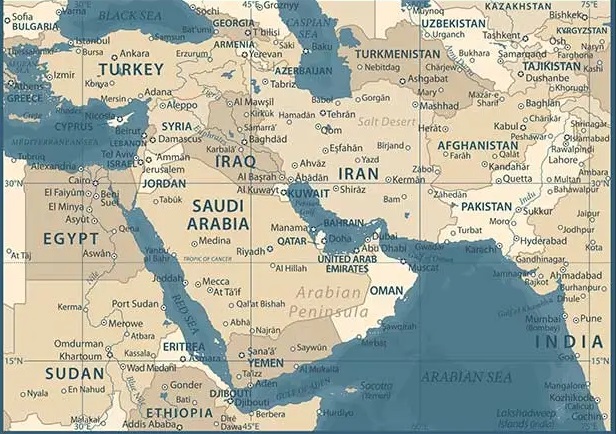According to Yevgeny Fidchuk, the adviser to the Russian Transport Minister, Pakistan has extended an invitation to Russia to take part in its railway projects. The remarks were made at a meeting of the intergovernmental committee between Pakistan and Russia.
According to Fidchuk, “We have discussed possible ways to construct regional railway lines with the Pakistani side, including ways to improve the North-South corridor. Russia has been invited by Pakistan to take part in the implementation of future railway projects for financial investment and joint venture formation.
The Russian side would carefully analyze it after waiting for more specific information from the Pakistani side. Fidchuk threw in. Syed Mazhar Ali Shah, the secretary of Pakistan’s ministry of railways, responded by stating that as part of intergovernmental negotiations, Pakistan has urged Russia to examine potential investments in railway-related projects. The request will be evaluated and developed, according to the Russian perspective.
The track network of Pakistan Railways is 7,791 kilometers long, and comprises 625 stations, 1,043 km of double-track sections, and 285 km of electrified sections. It has to be upgraded urgently.
Using a US$3.9 billion rail upgrade for the China-Pakistan Economic Corridor (CPEC), the Ministry of Railways unveiled Pakistan Railways Vision 2026 in 2014 with the goal of increasing Pakistan Railways’ role in Pakistan’s transportation industry from 4% to 20%. The plan calls for the construction of new locomotives, the growth of passenger services, the development and repair of the existing rail infrastructure, an increase in the average train speed, and better on-time performance. The project’s second phase is expected to be finished by 2021 after the first phase was finished in 2017. The ML-1 project, which would connect Karachi and Peshawar and cost US$4.9 billion to complete in three phases, is a part of the second phase.
75% of Pakistan’s freight is transported on this railway, although delays caused by covid and domestic political problems in Pakistan have caused substantial delays. As a result of the delays, tensions between Islamabad and Beijing have increased. Pakistan has to create predicted cashflow income in order to repay Chinese loans over a longer period of time.
However, Russian involvement in Pakistan’s railways appears to be focused on connecting that country’s rail network to other foreign lines, particularly the International North-South Transportation Corridor (INSTC). A significant gas pipeline being built by Russia already connects Pakistan’s southern ports of Karachi and Gwadar with the Punjab region’s industrial centers and power facilities. Around its southern coast, Pakistan possesses oil and gas resources, and Gwadar Port has access to Iranian pipelines that bring in supplies. The industrial belt and northern Pakistan, where the demand for energy is greatest, would subsequently receive these supplies via a pipe.
Since this would give Pakistan overland access to Iranian energy, building a rail links between Pakistan’s Gwadar Port and neighboring Iran is probably more in line with Russian interests. For its part, Iran has previously made clear that it is ready to link up its national electrical system with other Shanghai Cooperation Organization members, including Pakistan.
As part of the CPEC, Pakistan has started a long-term industrialization initiative with China. However, Russia now sees Pakistan as a big potential energy customer.
One of Pakistan’s biggest barriers to economic growth continues to be its energy industry. Although Pakistan has been able to increase power generation since 2013 and reduce power blackouts that have plagued the nation for the past ten years, the power sector has been unable to develop and modernize due to high fuel costs, a reliance on imported energy products, persistent natural gas shortages, significant debt, and aging and inadequate transmission and distribution systems. Pakistan’s current energy problems are made worse by poor administration, disorganized energy policymaking, and a lack of long-term energy planning.
